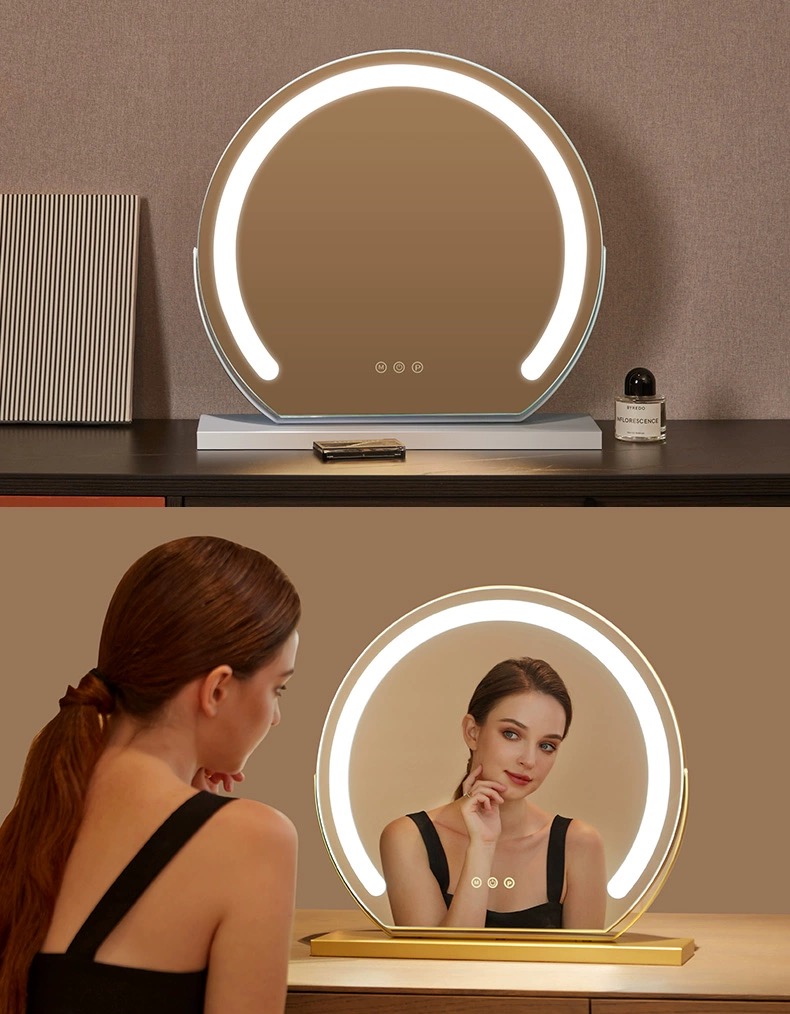

Exploring the Aesthetic and Functionality of Wave Pattern Glass
In recent years, wave pattern glass has emerged as a striking and versatile design element in architecture and interior decoration. This innovative glass showcases elegant, undulating patterns reminiscent of ocean waves, combining aesthetics with functionality. As we delve into the world of wave pattern glass, we uncover its appeal to designers, architects, and homeowners alike, driving its growing popularity in various applications.
The unique texture of wave pattern glass offers a captivating visual depth that transforms ordinary spaces into extraordinary environments. The intricate wave designs create transitions of light and shadow, resulting in a dynamic interplay that evolves throughout the day as natural light changes. This characteristic not only enhances the beauty of the glass but also provides privacy without sacrificing luminosity. Wave pattern glass can be employed in a variety of settings, from residential homes to commercial buildings, effectively bridging aesthetics and practicality.
One of the key advantages of wave pattern glass is its ability to obscure views while allowing natural light to permeate a space. This makes it particularly popular for use in windows and partitions. For instance, in a bathroom or a conference room, wave pattern glass allows occupants to enjoy privacy while still benefiting from the abundance of natural light. Architects often recommend it for facades, where it can reduce glare while creating a visually interesting exterior.
Moreover, the strategic use of wave pattern glass can significantly enhance energy efficiency. Its textured surface manipulates light in such a way that it can help regulate indoor temperatures. In commercial buildings, this can lead to reduced reliance on artificial lighting and climate control systems, ultimately lowering energy consumption. As a result, wave pattern glass not only contributes to aesthetic appeal but also aligns with sustainability goals, making it an eco-conscious choice for modern designs.

The versatility of wave pattern glass extends beyond its architectural applications. In the realm of interior design, it can be incorporated into furniture, decorative screens, or even light fixtures. Designers are increasingly using wave pattern glass to create stunning focal points, adding an element of sophistication and style to any space. For instance, a wave-textured glass tabletop can serve as both a functional surface and a work of art, reflecting light and colors in captivating ways.
In addition to its visual and functional benefits, wave pattern glass represents a broader trend towards biomimicry in design. The inspiration drawn from natural forms—such as waves, ripples, and undulating landscapes—reflects a desire to harmonize built environments with the natural world. This connection to nature not only fosters a sense of tranquility and well-being but also encourages a deeper appreciation for the beauty and complexity of our surroundings.
However, while wave pattern glass offers many advantages, it is essential to consider practical aspects such as maintenance and installation. The textured surface can require more effort for cleaning compared to smooth glass options. Nonetheless, advances in glass technology have led to the development of treatment coatings that facilitate easier cleaning, making wave pattern glass a viable option for various applications.
In conclusion, wave pattern glass stands out as a remarkable material that encapsulates the intersection of beauty, function, and sustainability. Its ability to transform spaces, enhance privacy, and contribute to energy efficiency makes it an increasingly favored choice among architects and designers. As we continue to explore the possibilities of wave pattern glass, it remains clear that this innovative material will play a pivotal role in shaping the aesthetic landscapes of our built environments for years to come.